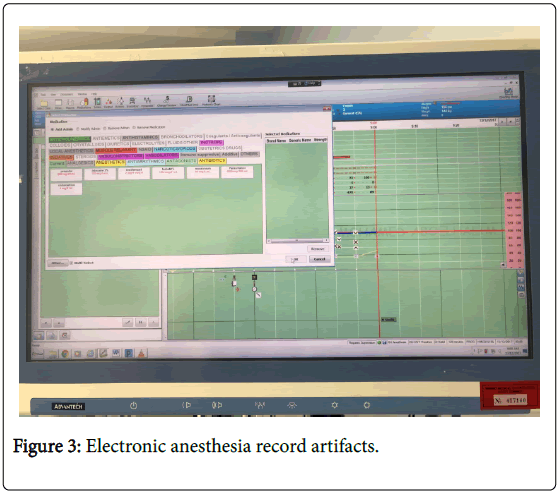
ANESTHESIA SIMULATOR RECORDER SIMULATOR
In this study, we compared the impact on training of two types of anesthesia simulators, a computer screen-based simulator and a mannequin-based simulator, to better document their effectiveness as training tools. As an alternative, the effectiveness of training simulators could be tested by measurement of the progress achieved through a simulator training program, not by comparison between simulated and real practice settings. These direct measurements of simulator training effectiveness might be virtually impossible in anesthesia because of the large variability in work situations. However, can the large cost of a mannequin-based simulator be justified or can the same training effect be obtained by using a less expensive computer screen-based simulator? Is the training effect the same for novices and more experienced anesthesiologists? The acid test to answer these questions would be to determine whether patients treated by simulator-educated physicians would have a better outcome or if simulator training could reduce the cost of training or health care. (1) have shown that anesthesiologists trained on mannequin-based simulators perform better when handling simulated crisis situations a second time, than those not trained on the simulator. Another is their effectiveness compared with other less-expensive training methods.

One reason is their purchase and mainten-ance costs. The use of full-scale (FS) simulators for training in anesthesia is becoming a topic of great interest and a source of controversy in the anesthesia pro-fession.

Mannequin-based simulators would probably provide better training for behavioral aspects of crisis management, such as communication, leadership, and interpersonal conflicts, but this was not tested in the current study. Our results support the contention that screen-based simulators are good devices to acquire technical skills of crisis management. Consequently, the initial decision on whether to use a full-scale or computer screen-based training simulator should be made on the basis of cost and learning objectives rather than on the basis of technical or fidelity criteria. Our results showed that simulators can contribute significantly to the improvement of performance but that learning in treating simulated crisis situations such as anaphylactic shock did not significantly vary between full-scale and computer screen-based simulators. Participants were evaluated in the management of a simulated preprogrammed scenario of anaphylactic shock using two variables: treatment score and diagnosis time. In this study, we compared two different training simulators (the computer screen-based simulator versus the full-scale simulator) with respect to training effectiveness in anesthesia residents.


 0 kommentar(er)
0 kommentar(er)
